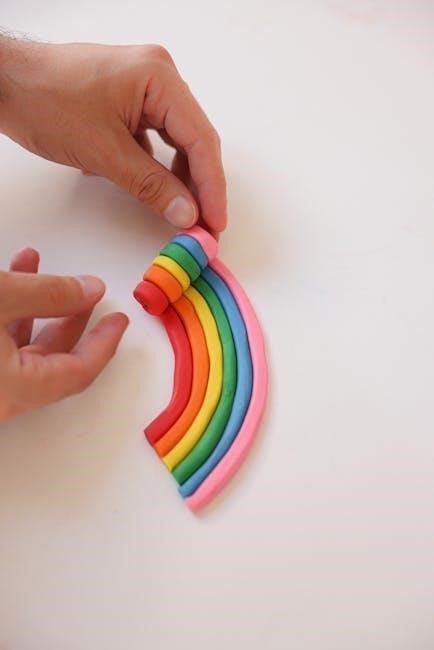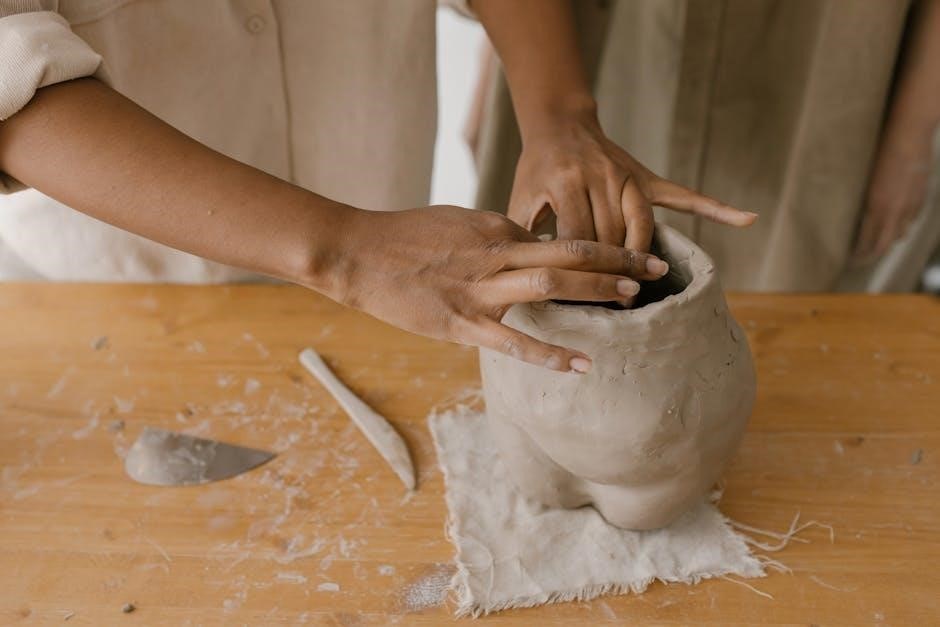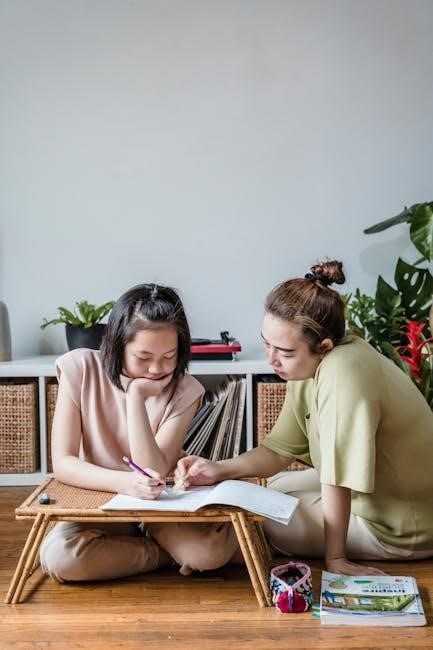
Kawandi quilting is a unique and captivating form of textile art that has gained popularity among quilters of all skill levels. This improvisational technique allows creators to express their creativity freely, making each quilt a one-of-a-kind masterpiece. Unlike traditional quilting, which often relies on patterns and precise measurements, Kawandi quilting embraces spontaneity and flexibility, creating a meditative and rewarding experience for those who try it.

The process of Kawandi quilting involves sewing together small pieces of fabric in a free-form manner, without the constraints of a predetermined design. This approach allows quilters to experiment with color combinations, textures, and patterns in a way that feels both liberating and inspiring. Many describe the process as akin to abstract art, where the final result is often a surprise, even to the creator. This unpredictability is part of what makes Kawandi quilting so appealing—it encourages quilters to step out of their comfort zones and embrace the unknown.


One of the most beautiful aspects of Kawandi quilting is its connection to history and culture. This style of quilting has roots in traditional practices, particularly among the Siddis, a community of African origin in India. The Siddis have preserved this art form for generations, and their techniques have inspired modern quilters to explore and adapt the method. By learning Kawandi quilting, practitioners not only create something beautiful but also connect with a rich cultural heritage.
For those interested in trying Kawandi quilting, the process can be both challenging and rewarding. It requires a willingness to let go of perfection and embrace the organic nature of the craft. Many quilters find the experience therapeutic, as the repetitive motion of sewing and the freedom to experiment can be deeply calming. Whether you’re a seasoned quilter looking for a new challenge or a beginner curious about improvisational techniques, Kawandi quilting offers a unique opportunity to grow creatively.

